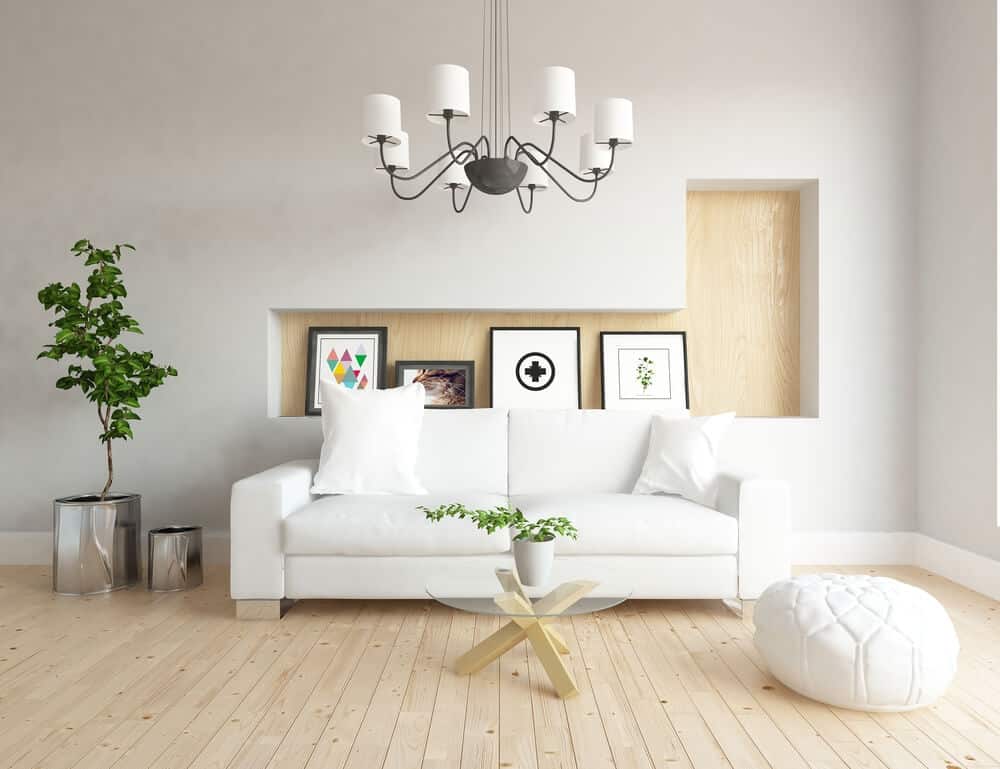The simple beauty of minimalist design architecture has fascinated designers and property owners over the past decade. It is impossible to deny the serenity that comes with modern minimalist design.
Since the 1960s, minimalism has been a popular art movement and ensign style. It is an art and design movement that started in the 20th century that originated from the Cubist design movements De Stijl and Bauhaus of the 1920s.
The principles of minimalist design that have encompassed the changes throughout the years include reducing art to its essential forms and colors, functionalism, rectilinear planes, cleanliness, purity, and using the bare minimum of elements.
The trademark phrase for the minimalist philosophy is “Less is more“.
What is Minimalist Design?
Minimalist architects believe in making something great out of only what is necessary. In the 20th century, the design world was challenged by architectural icons like Walter Gropius, Philip Johnson, and Le Corbusier.
The simplicity and clarity of minimalist design architecture are used in designing delicate and beautiful spaces. Design Buildings UK defines minimalist architecture as involving the use of design elements, without ornamentation or decoration.
The minimalist architecture integrates certain characteristics of form, light, space, and materials in techniques like reduction, simplification, and unification.
These characteristics are considered the ‘essence’ of architecture.
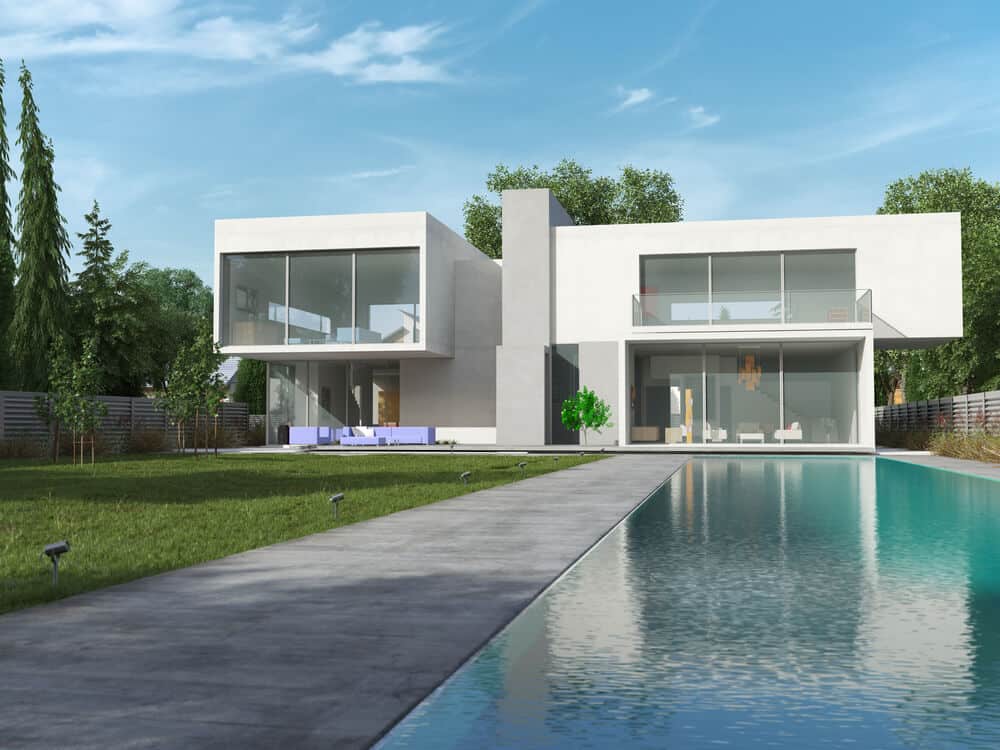
Perkins architecture stated that the following elements are present or integrated into minimalist design:
- Pure geometric forms
- Little to no trim or ornament
- Using simple materials like steel, concrete, stone, or glass
- ‘Structural Honesty” or exposing structural systems
- Spaces only defined by planar building elements or furniture
- Efficient, orthogonal components
- Repetition to give order and unify elements
- “Clean”, sleek lines
Sharon Blaustein, the principal designer at B Interior LLC said:
“Minimalism for me is about keeping a space simple, uncluttered, and accentuating the attractive architectural features of a space. The palette is mostly monochromatic and the color is used as an accent. I think minimalism and functionality go hand in hand. A minimalist-designed space incorporates an open floor plan, lots of light, and simple line furnishings that are well-built and comfortable. All these create a soothing and inviting space that has a timeless aesthetic.”
Robert Brown of Robert Brown Interior Design focused on form, focus, and functionality as he described minimalism in these words:
“ Minimalism allows something other than the space to be the focus. For example, the people in the space or the view from the window might be more important than the room’s decoration. Everything should be functional, but in minimalist decor, ‘form’ is very important. For example, in a dining room, you need a table and chairs. These pieces need to speak to one another and relate in regards to things like line, color, mass, etc. They must work well together in their basic shape.”
In a living room inside a minimalist condominium, here is how Brown and his team applied minimalism:
“All of the furniture was purposeful—chairs to comfortably sit in, tables for drinks, hidden window treatments to allow a view from this high-story residence, a fireplace to warm. Even the art is simple in composition. The clients have extremely active lives and need their home to be restful, not stimulating to the eye.”
Jennifer Tulley of Jennifer Tulley Architects explained minimalism as:
“An approach to design where the elements of the structure are simplified to their essential components. Nothing is added for effect. The design thrives on the beauty of the forms and the materials used to create the forms. The design needs to be clear and simple, but not boring. This is where the use of light, form, and beautiful materials is so essential. The craft of the construction is incredibly important since you cannot add trim to cover misalignments.”
She and her team designed a quiet and calm San Francisco kitchen, which is considered an essential tool in maintaining a minimalist living space while maintaining realistic functionality. She describes how they applied minimalist design:
“We were careful to align all of the openings, the glass to the ledge, and the edge of cabinets to walls. In a minimalist space, walls and floors must be level to create connections between elements with minimalist joint lines, and installation of cabinets must be nearly perfect.”
Minimalist Architecture and the Zen Aesthetic
Some people perceive minimalist architecture as cold at first glance. This is often a predisposed expectation of what minimalist architecture looks like. However, if the design is done right, minimalist architecture can be welcoming and inviting.
The groundbreaking work of Mies defined minimalist architecture. It allowed this type of design in the architectural industry to rise by using the angular lines of cubism to optimize the power of architectural space.
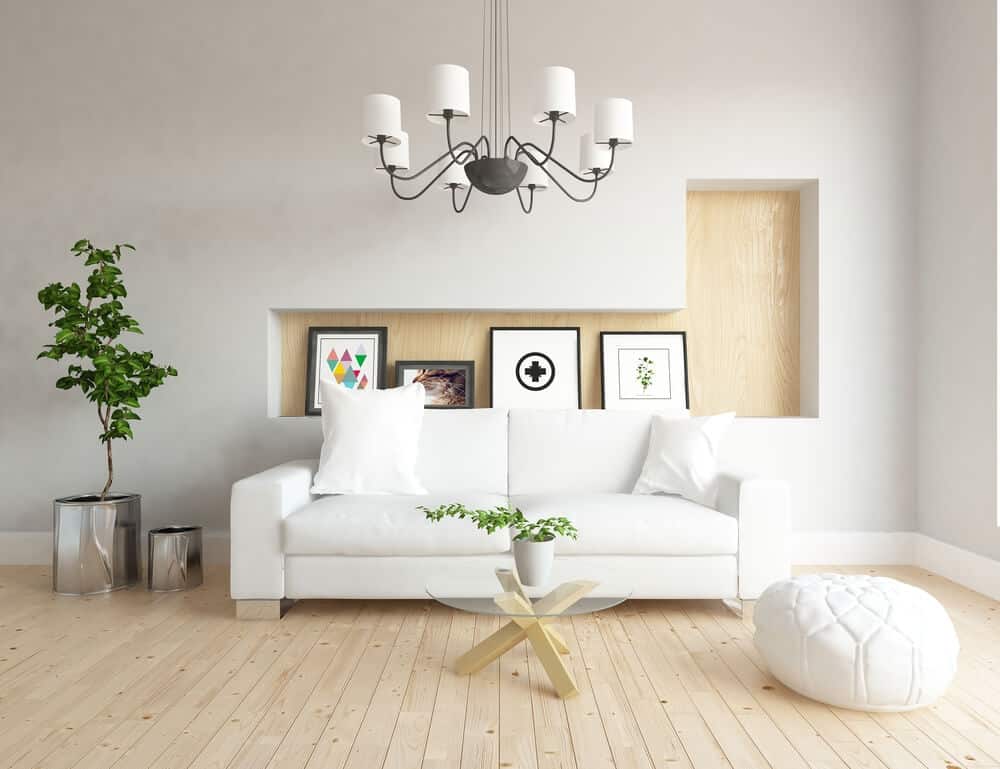
Another influence that has had a great impact on minimalist architecture is the Japanese aesthetic with its accompanying Zen philosophy.
Perkins architecture defines this influence as a “way for the spirit to achieve inner freedom and calm. The result was a reflection of this desired Zen in their personal lives as well as their homes and gardens.”
The Zen aesthetic was incorporated in much western minimalist architecture changing the direction and finding the value of empty spaces. Simply put, not everything needs to be decorated.
Here are the basic principles of the Japanese aesthetic that has influenced minimalist architecture:
- Striving to find beauty in the natural state of objects without decorative purpose, just as they are in the state of being
- Finding intrinsic value in forms of nature
- “Ma” or emptiness requiring large, open spaces to force the contemplation of stillness and the simplicity of the remaining, essential forms
- “Seijaku” or stillness, the meditative state brought to life by the principle of design
- Tranquility that encourages the aesthetics of simplicity. It can be seen how minimalism encourages the use of clean and simple space that reflects a clutter-free life.
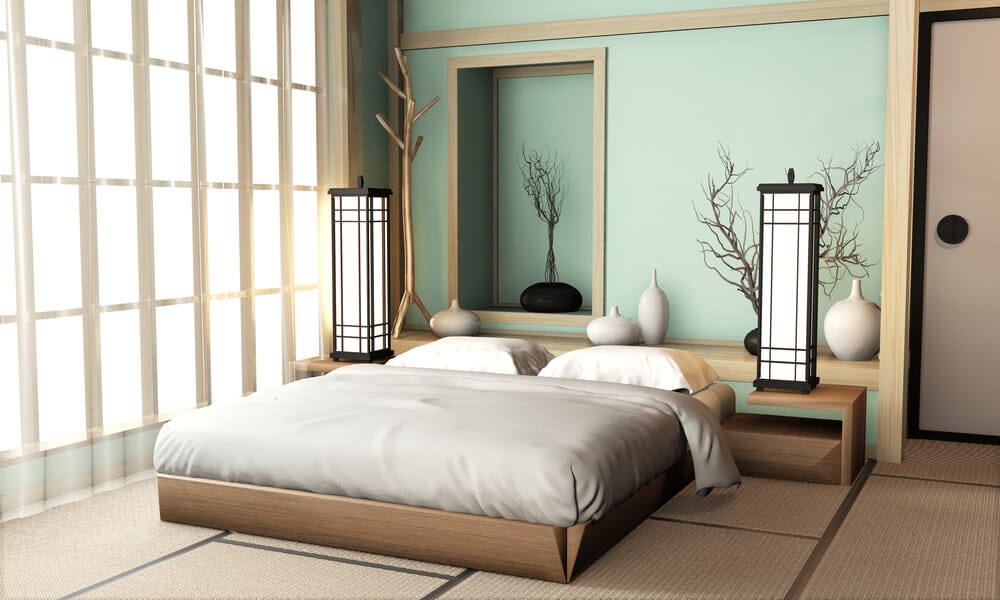
Minimalist Architecture and Scandinavian Minimalism
The Scandinavian influence on minimalistic architecture is softening some of the harder aspects of Zen-inspired minimalism. The design puts the person more in front of the space rather than space being the sole focus.
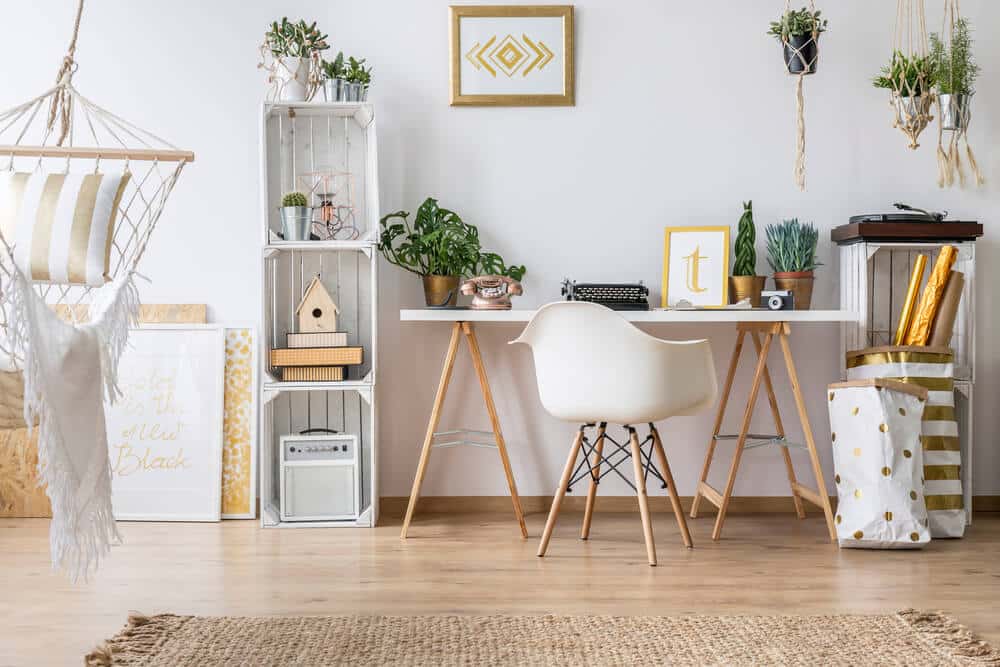
Hence, it prioritizes the comfort of the person that will live in the space. The principles of Scandinavian minimalism include:
- Using softer colors
- “Hygge” or comfort in mind
- Environmental efficiency (building with the environment in mind)
- Using huge, light, and contrasting patterns that break up some of the harsher angular elements
- White rules Scandinavian minimalism, with muted basic colors or even pastels dialed way down
- Seamlessly blending neutral colors with natural wood
- Natural wood is the cornerstone of any Scandinavian-inspired element
- Form has a function. Function has form.
- Creating a useful minimalist space.
- Integrating the use of plain blonde wood and natural stone in the outside elements of the building
- Adding warmth to the space with ceramics for tea and coffee, giant wool blankets, and natural animal skins
- Integral lighting where windows are central to the design. Candles and warm, layered, artificial lighting like table lamps and task lighting can be used to add warmth
Benefits of Minimalist Design
Uncluttered and clean space is the main goal of minimalism. Clients who love minimalist architecture think about not needing so many things and living in any space with a lot less.
The firsthand benefits of minimalist design include:
- Being able to focus on the essentials and items of personal value.
- A calming effect living in a well-designed and uncluttered space where ample closed storage is provided.
- More storage, reducing levels of clutter
- Helps make for a practical space that has a reduced risk of causing physical injuries
- Easier to clean and maintain
- Increases employees’ motivation and productivity levels in office spaces
- Significantly contributes to the mental and physical health of employees in workplaces that are more ‘homely’ because of comfortable furnishings and uncluttered space
Minimalist Design Ideas
The main goal of minimalist architecture is to make a space feel clean and orderly and not cluttered with too many furnishings, accessories, and colors that do not complement and blend.
Here are some minimalist design ideas that you can look forward to in 2022:
- Convertible furniture
- Extreme minimalism
- Natural materials
- Warm-toned kitchens
- Light-colored floors
- Black accents
- Comfort and durability
- Basic colors
Modern Minimalist Design
The use of open floor plans and clean designs without unnecessary ornament is the heart of modern minimalism.
Architects handle complexity with simplicity with a design that evolves from the intent to design clean, intelligent, and functional space.
Although being challenged with how to make a minimalist designed space feel warm and welcoming, imploring the use of a monochromatic color palette and combining different shades, tints, and textures, can help create a dynamic atmosphere with a warmth and welcoming look.
Another challenge in modern minimalist design is when to stop designing and adding elements to the space. The key to knowing is determining that when the space is functioning well, with the right balance and congruent design, you are finished.
If you want to know more about us, Sprint Funding, and our services, Contact us today!
